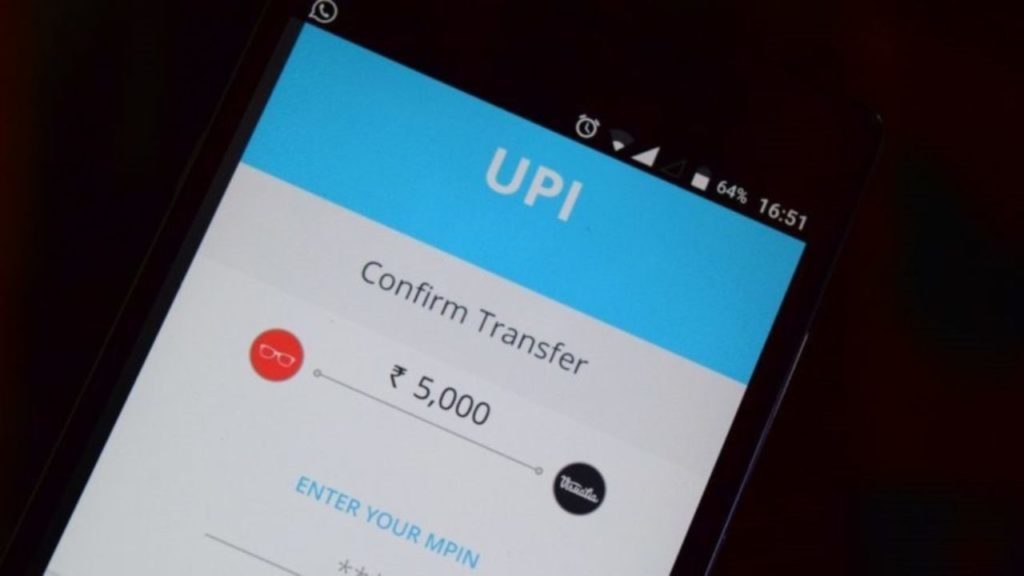Govt Can Stop On-Boarding Of New UPI Users On PhonePe, Google Pay, Whatsapp Pay To Implement 30% Rule

The National Payments Corporation of India (NPCI) is all set to moderate the new users onboarding the UPI (Unified Payments Interface) third-party app providers (TPAPs) as the apps near the 30% market share threshold.
This development might be to enforce the rule that the total volume of UPI transactions will be capped at 30%.
Read on to learn more…
Google Pay, PhonePe Will Get 2 Years To Implement the 30% Cap Rule!
Existing UPI apps like Google Pay, PhonePe among others will get a period of 2 years from January 2021, to comply in a phased manner with the 30% cap rule as introduced by the NPCI.
The implementation of this new norm might take place after consultations with stakeholders. NPCI is planning to hold several consultations with stakeholders in the coming 40-45 days, according to an ET report.
As per NPCI, the 30% limit on market share for these UPI-based apps will aid in addressing the risks arising from an overload of the payment infrastructure. The new norm also helps protect the UPI infrastructure as it further grows.
It should be noted that according to the Reserve Bank of India’s (RBI’s) settlement data of select payment systems, UPI transactions already crossed 1 billion transactions in volume as of mid-October.
In terms of volume of UPI transactions as of October 2020, PhonePe had a 42% market share followed by Google Pay that had a 41% market share. Paytm and Mobikwik hold the remaining market share.
The new entrant in this market, WhatsApp Pay was set to disrupt these figures as Whatsapp’s user base stands at 400 million. However, the 30% cap norm and the fact that WhatsApp Pay is only allowed for 20 million users, to begin with, might hamper the app’s success in the Indian market.
What Do The Experts Have To Say on 30% Cap?
Hemant Vishnoi, founder B2B payment platform Enkash told Inc42 that the UPI-based apps might have to make changes in their core architecture and introduce new algorithms if this norm is enforced.
“They may have to take a strategic call between new users which are integral to market penetration and existing high-value users who will drive profits. Even if they were to allow users to switch to different payment solutions, in case UPI limits are breached, the retailer on the other end should have compatible payment solutions. This will require a smooth in-app transfer of solution and user experience,” he said. Users tend to stick to apps where they have a better experience. In that case, conveying transaction limits to users can be a very tricky business.
On the 30% cap, Sajith Sivanandan, business head for Google Pay and Next Billion User Initiatives also told Inc42, “Digital payments in India is still in its infancy and any interventions at this point should be made with a view to accelerating consumer choice and innovation.”
Sivanandan added, “A choice-based and open model is key to drive this momentum. This announcement has come as a surprise and has implications for millions of users who use UPI for their daily payments and could impact the further adoption of UPI and the end goal of financial inclusion.”

Comments are closed, but trackbacks and pingbacks are open.